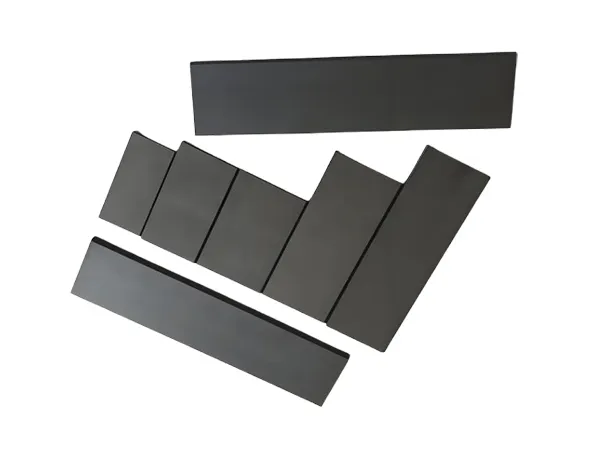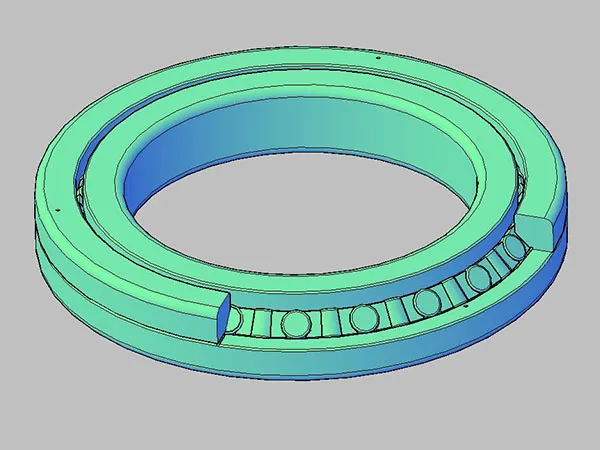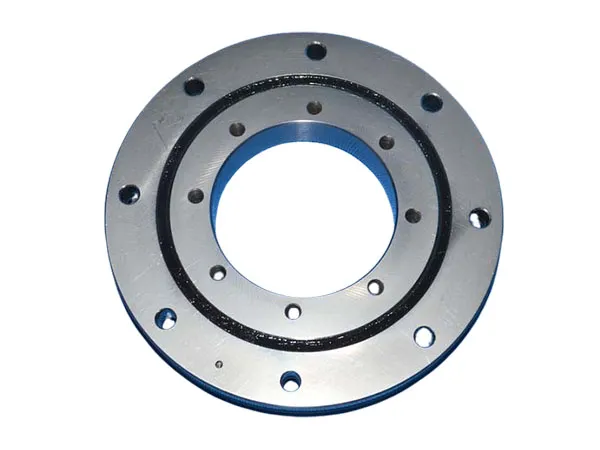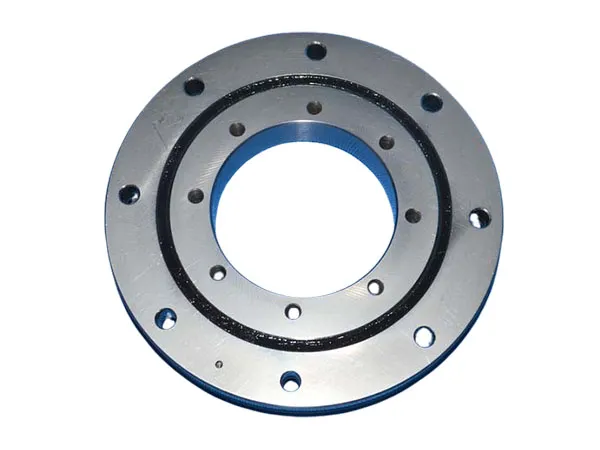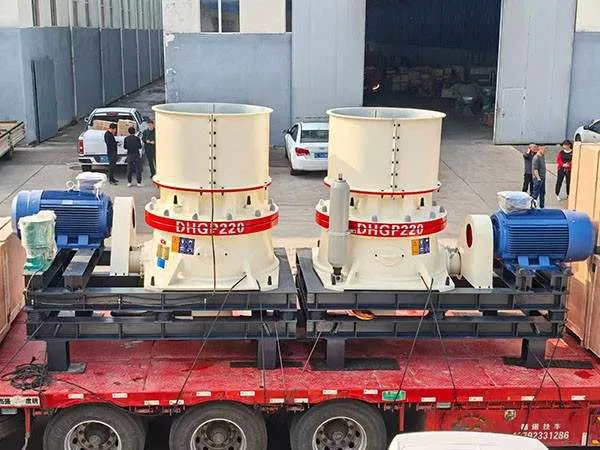Productos de grafito may not be the flashiest components in industrial operations, pero su papel es crucial. Desde hornos de alta temperatura en plantas metalúrgicas hasta electrodos de precisión en electrónica, El grafito garantiza operaciones fluidas donde el rendimiento y la confiabilidad son más importantes..
Sin embargo, Incluso el grafito de alta calidad puede degradarse si se pasa por alto el mantenimiento.. Óxido, grietas, La oxidación o la oxidación podrían reducir silenciosamente la eficiencia y provocar tiempos de inactividad inesperados.. En esta guía, Exploraremos consejos de mantenimiento del mundo real extraídos de experiencias de la industria., mostrando cómo un cuidado adecuado puede prolongar significativamente la vida útil del grafito.
Guía de mantenimiento de productos de grafito
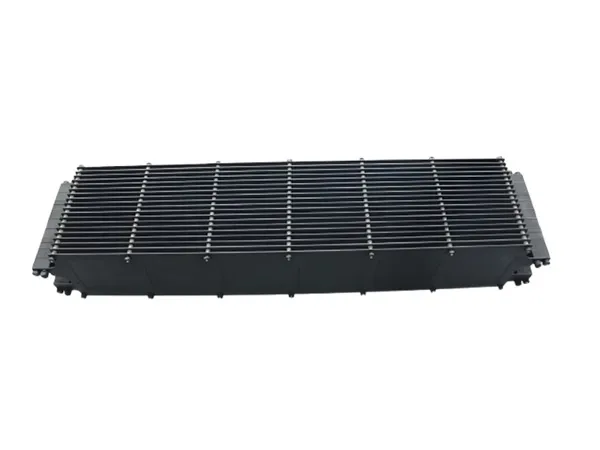
1. Almacenamiento inteligente: Mantenga el grafito a salvo de la humedad y los contaminantes
En una planta de procesamiento de acero, Los operadores notaron una eficiencia térmica reducida después de que los moldes de grafito absorbieran humedad durante el almacenamiento.. La naturaleza porosa del grafito lo hace propenso a recoger agua., polvo, o aceites: factores que comprometen tanto la integridad estructural como la conducción del calor..
Prácticas probadas:
Guarde el grafito en lugar seco., almacenes ventilados.
Utilice envases herméticos para almacenamiento a largo plazo..
Evite almacenar cerca de productos químicos corrosivos o áreas de alta humedad..
Consejo de la industria: Para componentes sensibles de grafito, use paquetes de gel de sílice dentro del empaque para mantener la sequedad.
2. Manejo suave: Prevenga grietas y daños estructurales
En un fabricante de electrónica, Un frágil electrodo de grafito se agrietó después de un impacto accidental durante el transporte., retrasar la producción varios días. Mientras que el grafito es robusto en condiciones normales., es quebradizo bajo presión repentina.
Pautas de manejo:
Transporte en cajas acolchadas con espuma para absorber las vibraciones..
Evite apilar materiales pesados sobre superficies de grafito..
…
Para obtener información más detallada sobre las pautas de mantenimiento de productos de grafito, por favor haga clic aquí:https://www.czgraphite.com/a/news/graphite-products-maintenance-guide.html


